First, let’s define the term sustainable.
Sustainable is the ability for something to be maintained at a certain rate or level over a period of time. As per the United Nations, there are three common pillars when investigating whether or not something is sustainable.- Environmental sustainability
- Economic sustainability
- Social sustainability
How is marine collagen sustainable?
Before we get started, just a little reminder that we can only speak to the sustainability and practises that we use here at Sproos. Just because we do something, doesn’t mean that all brands do the same thing! Let’s jump into it.Sourcing + Collagen Extraction Process
We source our Marine Collagen from sustainably fished, wild-caught cod, pollock and haddock from the North Atlantic Ocean (anywhere between north-east Canada and northern Europe). The skin and scales are used to create the collagen, undergoing a process called hydrolysis. This process uses heat, water and a food grade acid to break down the scales and skin to extract the collagen peptides.
It is important to note that the skins and scales of these fish would be otherwise discarded if not used in our products. This practise is more sustainable than sourcing fish solely for the purpose of manufacturing collagen. Many parts of the fish are used, decreasing waste products that have a negative environmental impact.
Environmental Impact
Since a lot of the fish in our Marine Collagen is sourced within Canada, these fisheries are required by law to follow practises as set out by Fisheries and Oceans Canada (also called the DFO). The DFO has set out requirements regarding sustainable practises that must be followed by all working in the fishing and ocean industry in Canada. These regulations include avoiding fish or other aquatic species that are endangered or at risk of becoming endangered. It also includes establishing marine conservation programs and setting fishing and harvesting limits on aquatic species.
Did you know that there is actually a limit on the number of fish that can be caught every year in Canadian waters? That’s right. Based on various calculations, scientists have been able to determine how many fish of each species can be caught every year. In addition, the DFO also have guidelines regarding how to catch these fish. For example, a recent initiative was established to reduce underwater noise. Underwater noise caused by commercial fishing can be stressful to marine animals. The noise can reduce their ability to travel, communicate and find food. As such, the DFO is working with the industry to minimize the noise as much as possible. This is to ensure that we have as small of an impact on the aquatic ecosystems as possible thus promoting a sustainable practise.
Economic and Social Impact
Canada is home to the longest coastline and largest source of freshwater in the world. Because of this it is imperative that all practises surrounding fish and other marine species are as sustainable as possible. However, environmental sustainability is only part of what should be considered when asking if marine collagen is sustainable.
The fishing industry in Canada provides thousands of jobs and has a huge economic impact on the Canadian economy. Here at Sproos, we chose a collagen manufacturer located on the east coast of Canada. We wanted to ensure that the facility we chose contributed meaningfully to the economic sustainability of the collagen industry. In addition, the facility is very professional and creates a good working environment for their employees.
To recap...
All aspects of sustainability are strongly interconnected. And at Sproos, we want to ensure that the products we are producing are always as sustainable as possible. That’s why our Marine Collagen uses fish skin and scales that would otherwise be discarded contributing to its environmental sustainability. We chose to manufacture our Marine Collagen in Canada in a facility that uses safe and professional practises contributing to both the social and economic sustainability of the product.
Learn more about makes our Marine Collagen so special and unique here.
We are always trying to better our products and our practises to ensure the highest level of sustainability as possible. As research evolves, we continue to learn more and more about sustainability and the importance it plays in the environment, the economy and in society.
Sources
- Asche, F., Garlock, T. M., Anderson, J. L., Bush, S. R., Smith, M. D., Anderson, C. M., Chu, J., Garrett, K. A., Lem, A., Lorenzen, K., Oglend, A., Tveteras, S., & Vannuccini, S. (2018). Three pillars of sustainability in fisheries. Proceedings of the National Academy of Sciences, 115(44), 11221–11225.
- Government of Canada, F. and O. C. (n.d.-a). Mitigating the impacts of ocean noise.
- Government of Canada, F. and O. C. (n.d.-b). Sustainable Development | Economic and Social Council.
- Government of Canada, F. and O. C. (2011, March 15). Sustainable fish and seafood.
Allison Gonzalez
Sproos Marketing Specialist
Allison recently graduated with a Masters of Science in Human Health and Nutritional Sciences from the University of Guelph. She is passionate about all things health and wellness, and enjoys teaching others about impact that food and nutrition have on day to day life. In her free time she loves going on long runs, grabbing coffee with friends and spending time on the beach (when it isn't freezing outside!).


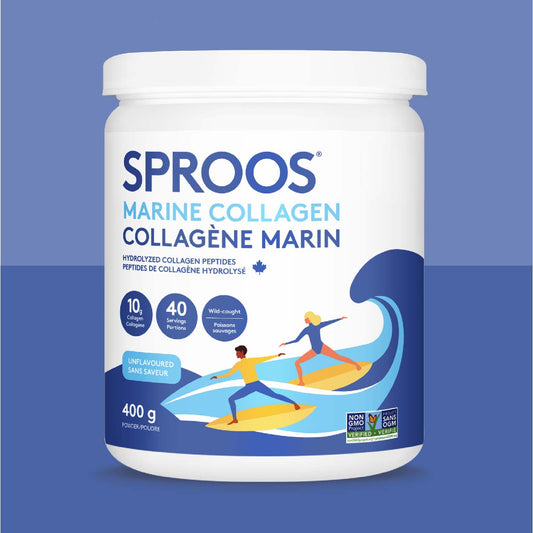
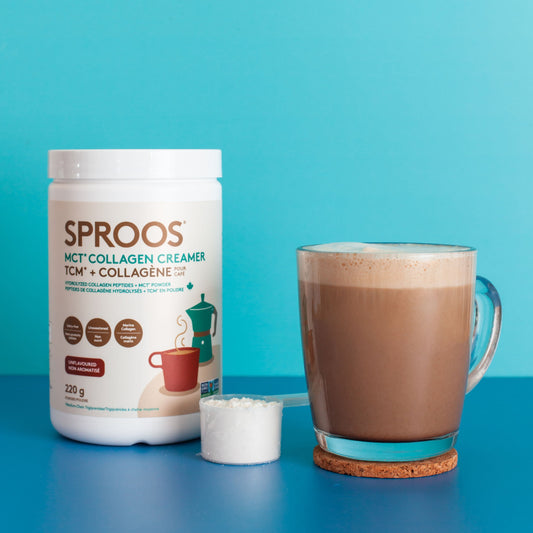
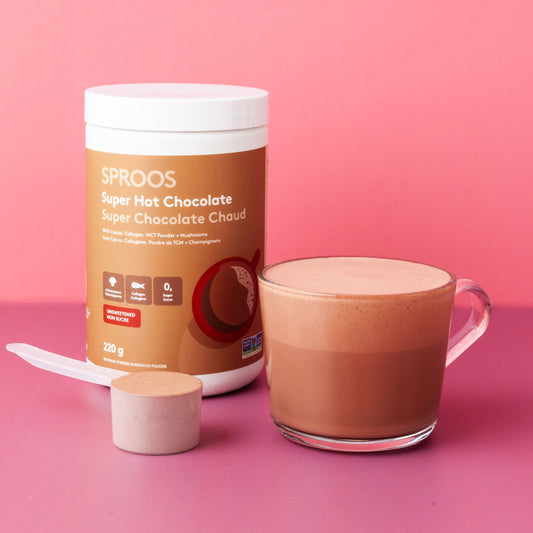




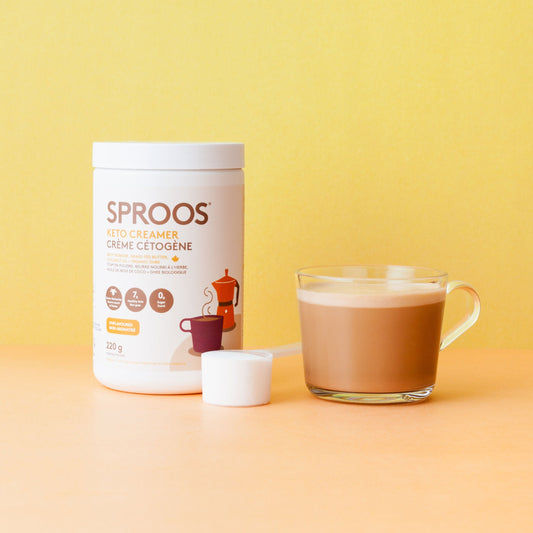
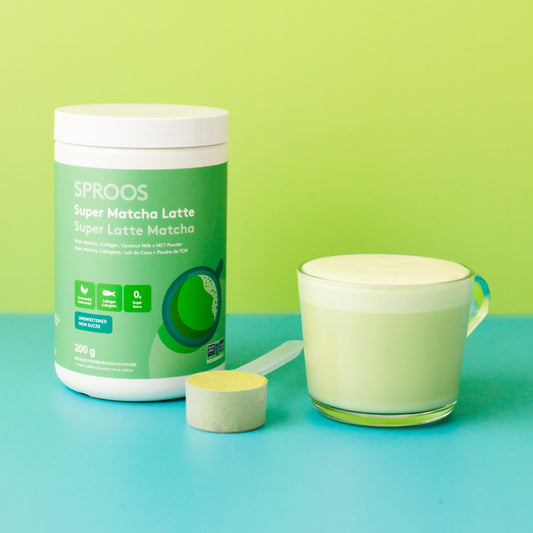


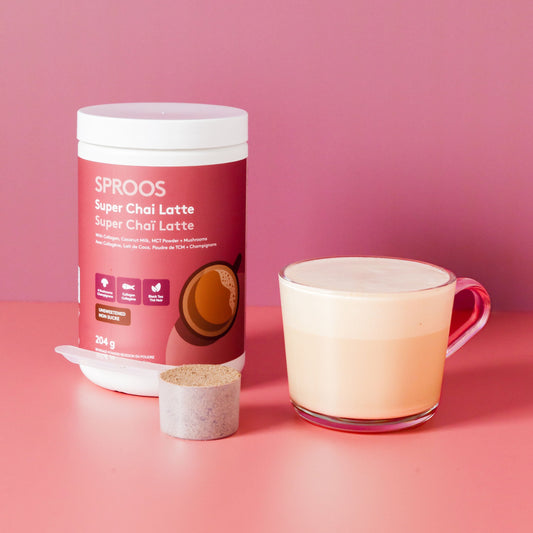
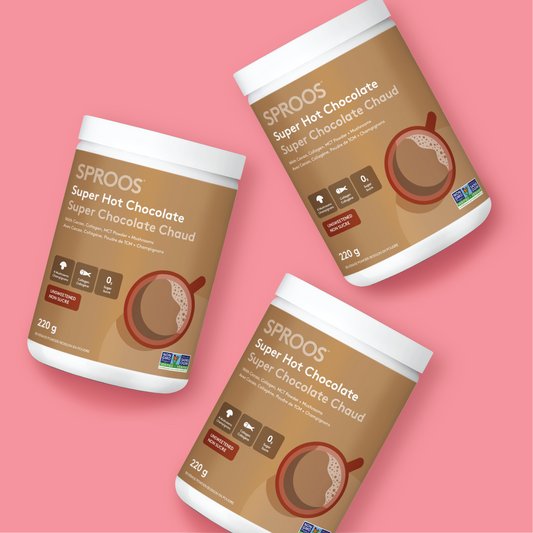
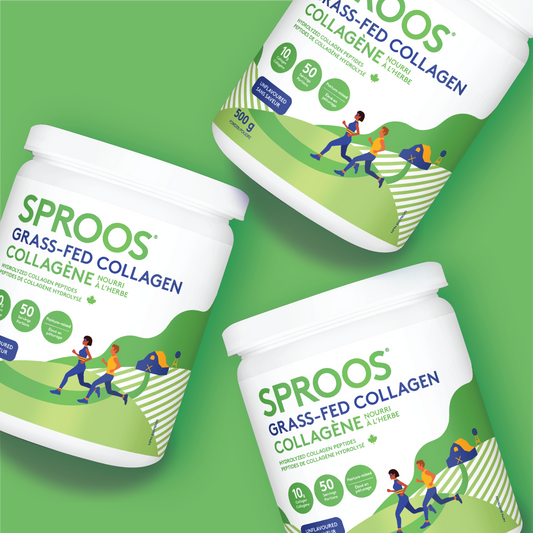
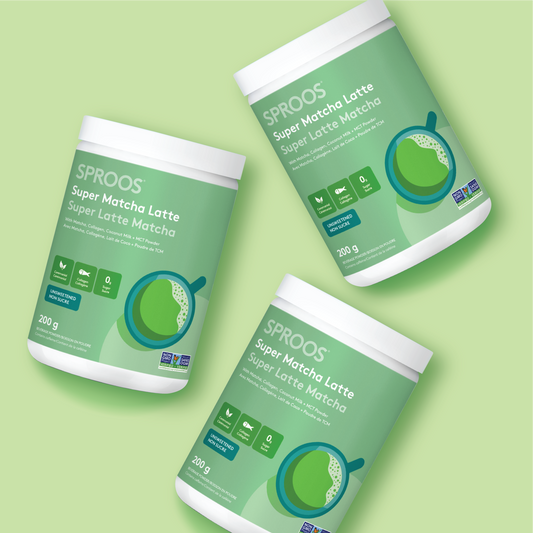
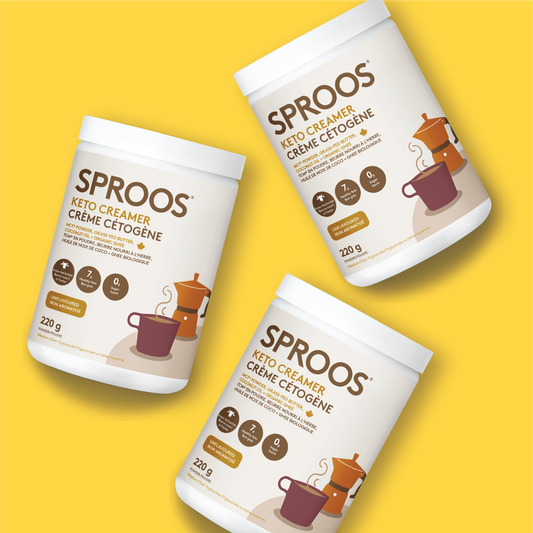
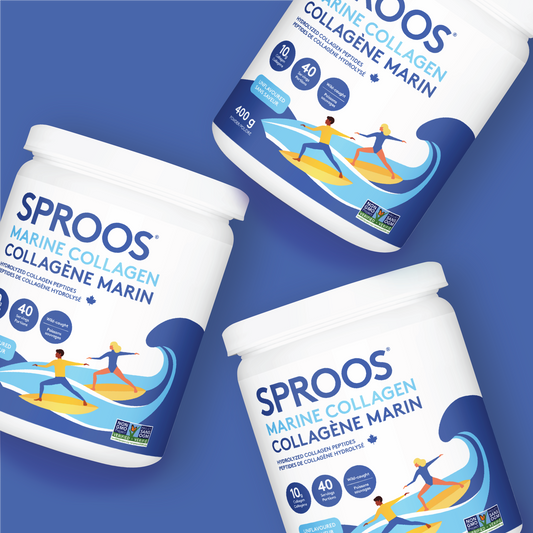
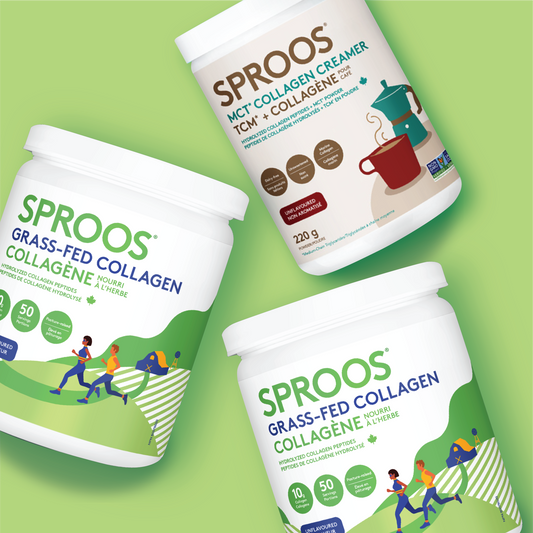
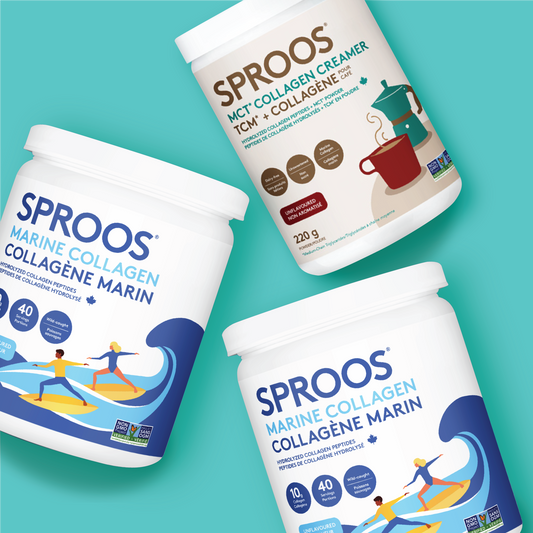
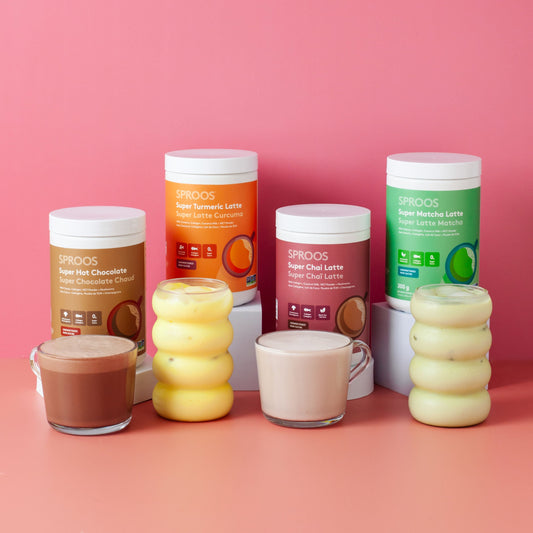
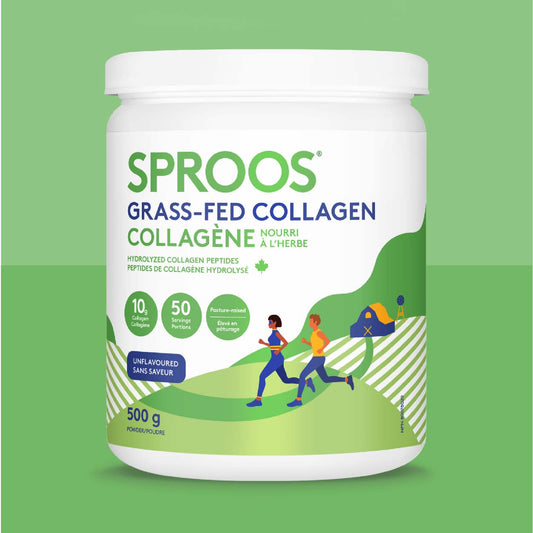
1 comment
Happy to support a Canadian product that is aiming to be sustainable and ocean friendly. Any chance you can up the ante and fill the 400g tubs up more fully instead of 1/2 full of your product? Or make the tubs smaller to reflect that actual amount of collagen powder inside? The customer price would increase to reflect the add’l product of course if you fill up the tubs, but you’d also be much more sustainable in your single use plastic use by reducing waste by 50%. That’s a lot when you’re paying for the raw plastic, producing bigger containers & shipping internationally when half is just air-space! Just a thought it would be great for you to consider. Thanks for listening.🇨🇦